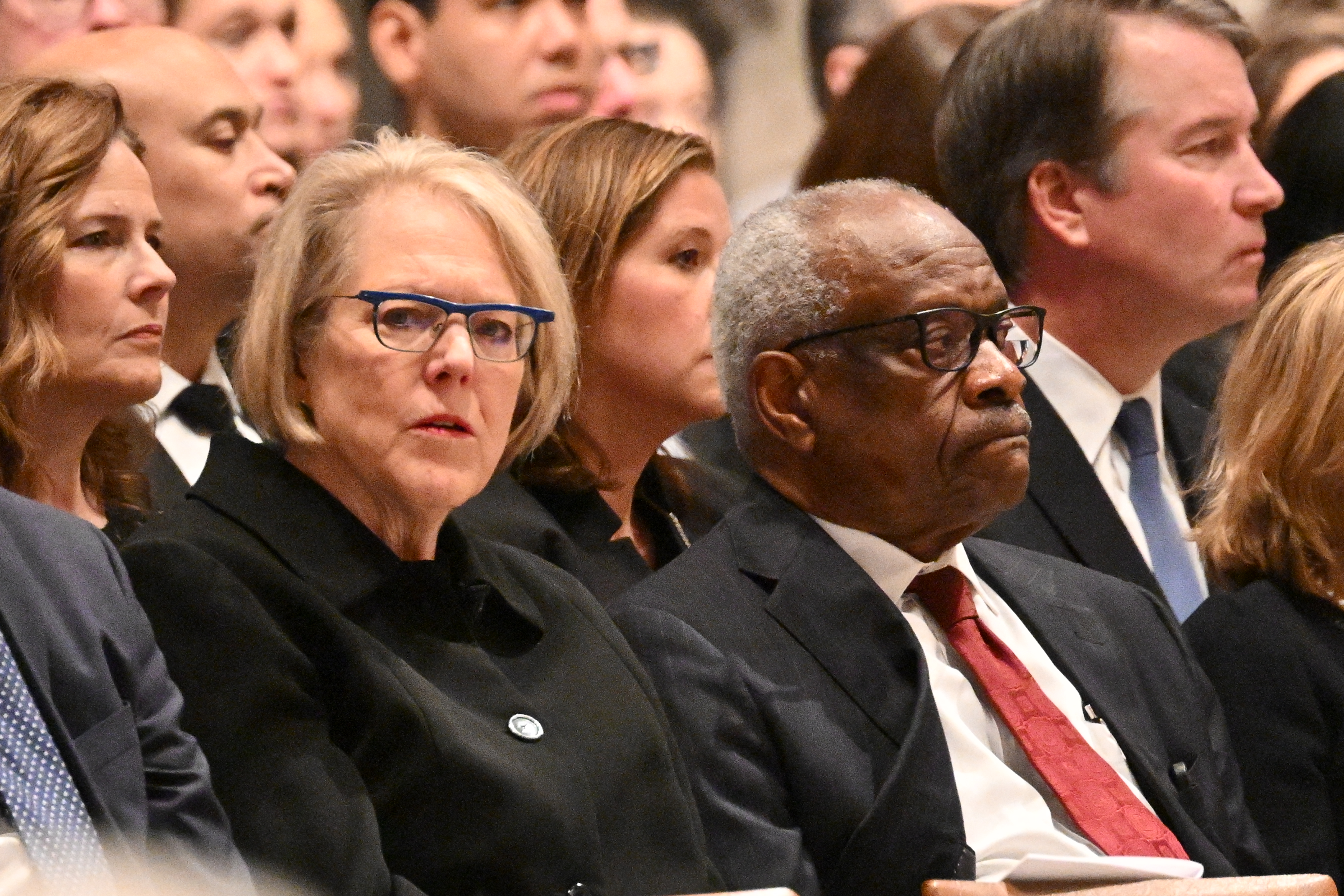
Since California Science Center introduced Gunther von Hagan's Bodyworlds: Pulse exhibition last May, more and more Californians made pledges to donate their future corpses to the show - with the majority of Americans on the 16,000 strong waiting list now coming from the Los Angeles area.
Bodyworlds: Pulse is a gallery of preserved human body parts and bodies arranged in action poses, such as throwing a football, playing hockey and throwing a javelin. There's even a showcase of several skeletons playing poker and passing cards under the table, reported a local news site.
"The exhibit is really about us and about life and living people," Jeffrey Rudolph, California Science Center CEO told ABC7 Los Angeles, noting the surge in local interest. "If you can add a little bit of humor to something that is difficult to talk about it just makes it more accessible to people."
Rudolph has also chosen to pledge his own body to the cause.
"I actually was so impacted by this that I made my own decision to donate my own body… It just seemed to me a natural extension of what I spent my life doing here at the California Science Center," he said.
"It depends on what I die from and if it's something interesting and if it'll help others learn. Then, that's what they will highlight," Rudolph said, "If not then maybe I'll be in an athletic position who knows what I'll be.
There are more than 200 real human specimens in the exhibitions, 20 of which are full bodies. The process used to preserve the cadavers is called plastination, a technique first developed by Dr. Gunther von Hagens in 1977 which involves replacing water and fat in the body with certain plastics.
According to the California Science Center website, body parts on display include an obese body slice, a smoker's black lung, a liver with cirrhosis and hardened arteries that show the impact of ill health.
Uncommon Knowledge
Newsweek is committed to challenging conventional wisdom and finding connections in the search for common ground.
Newsweek is committed to challenging conventional wisdom and finding connections in the search for common ground.
About the writer
To read how Newsweek uses AI as a newsroom tool, Click here.








